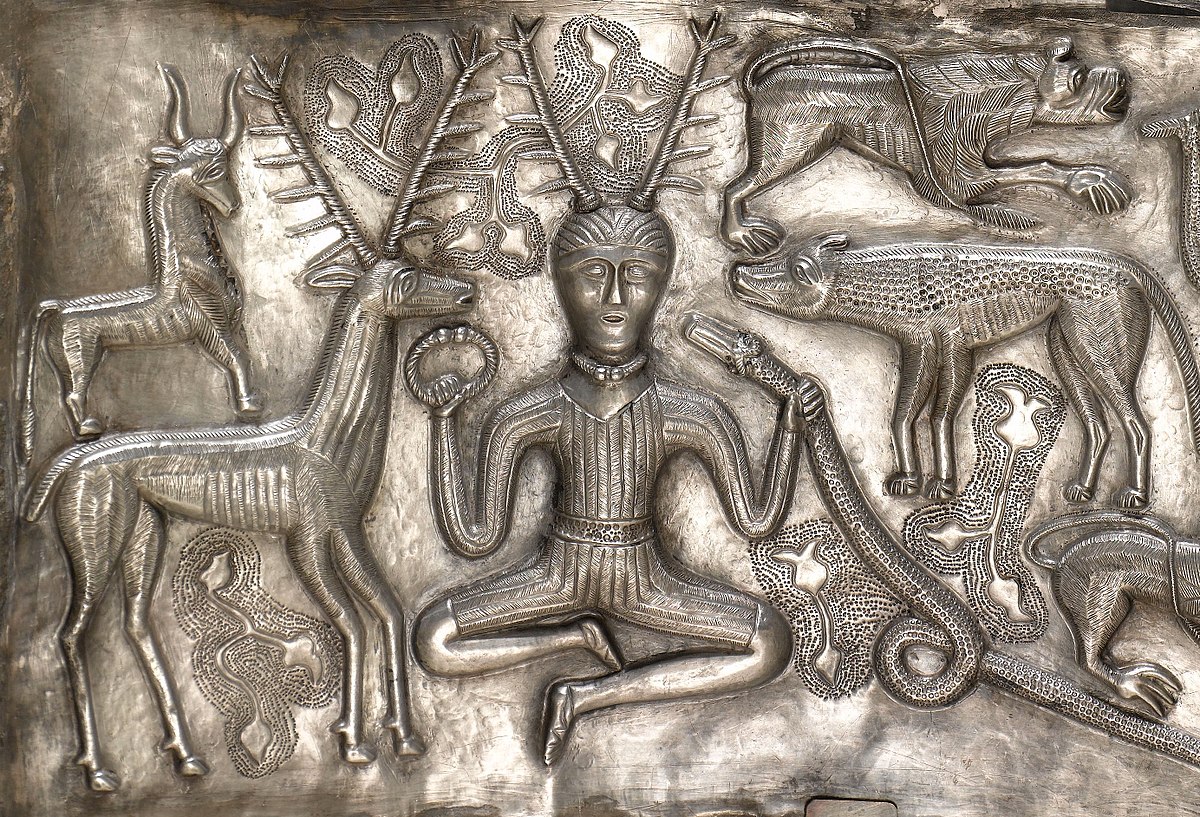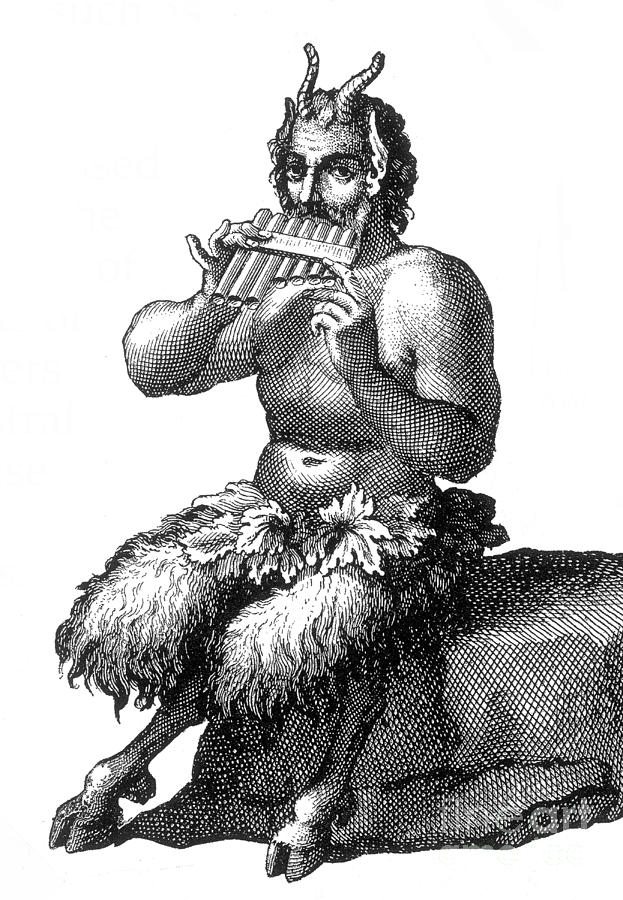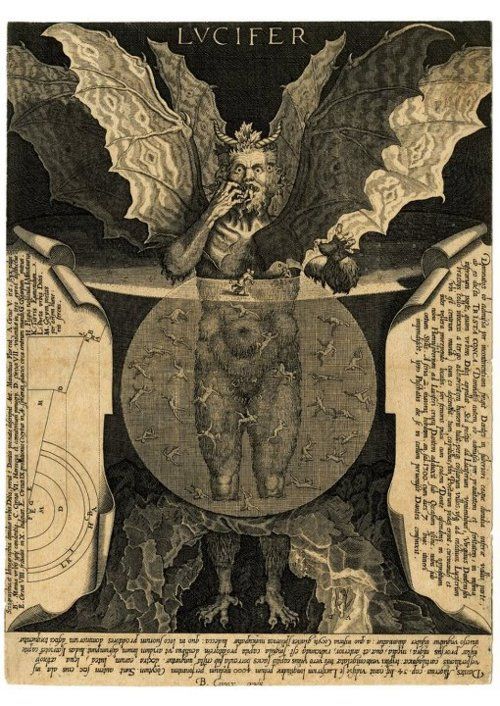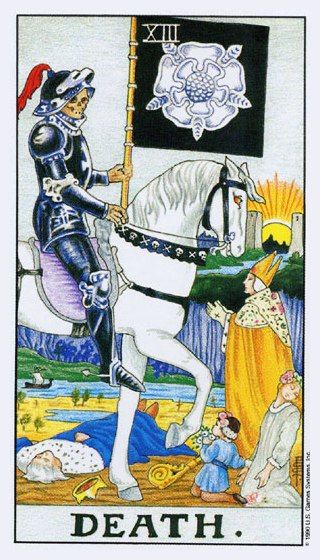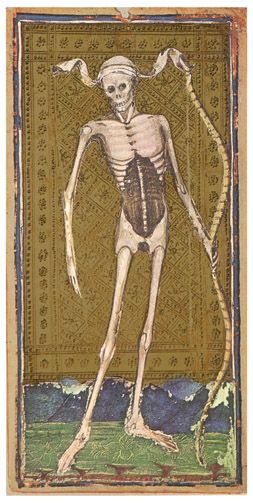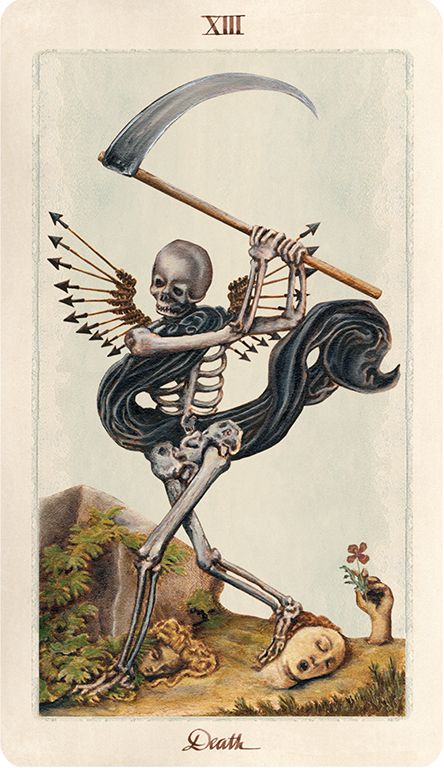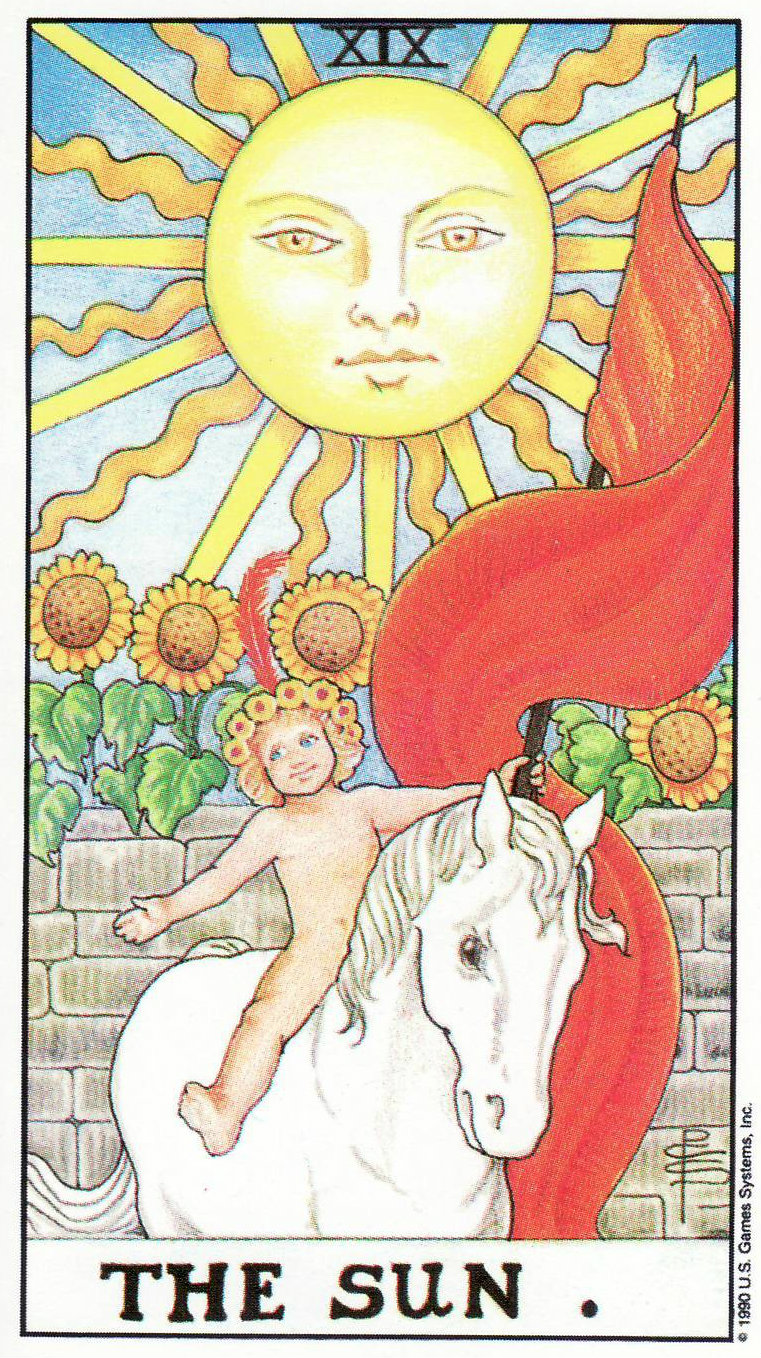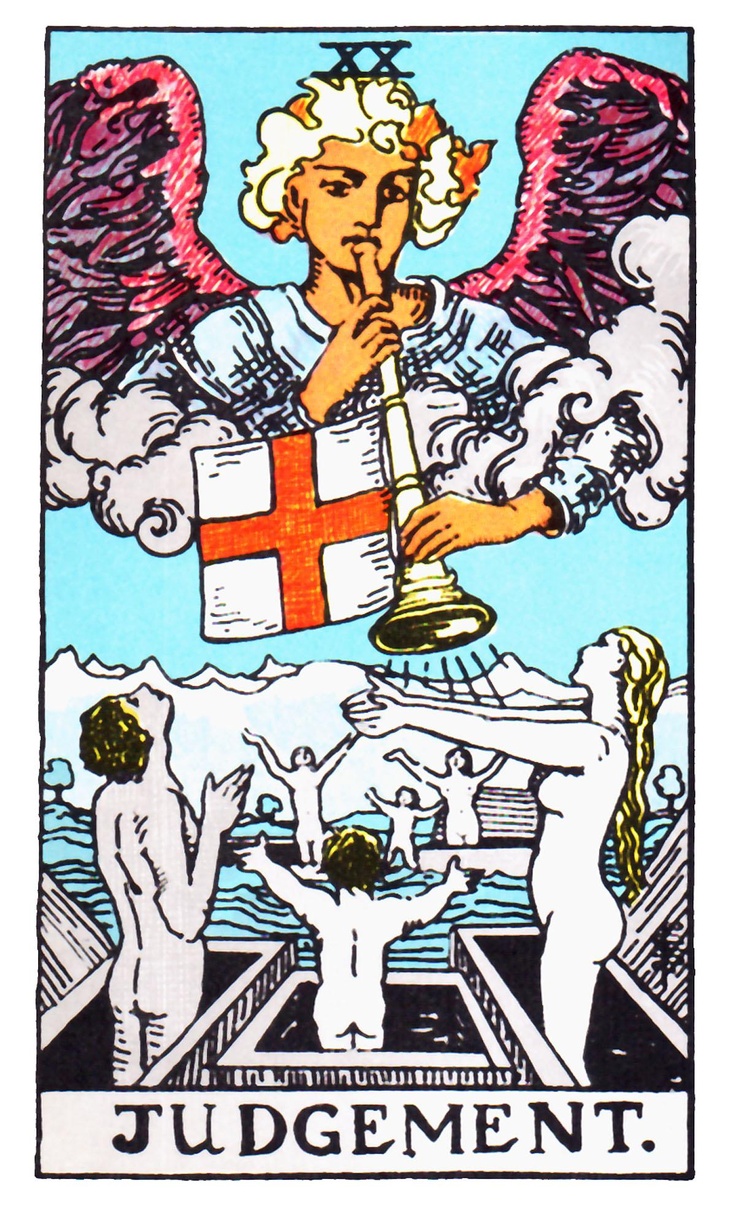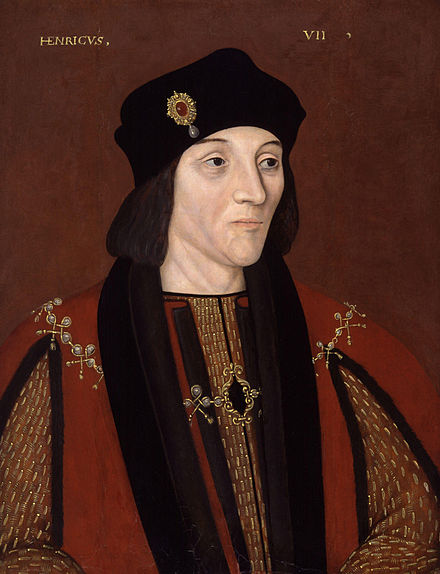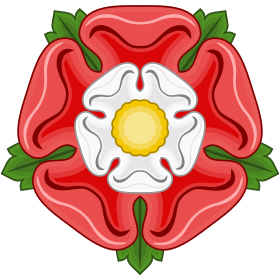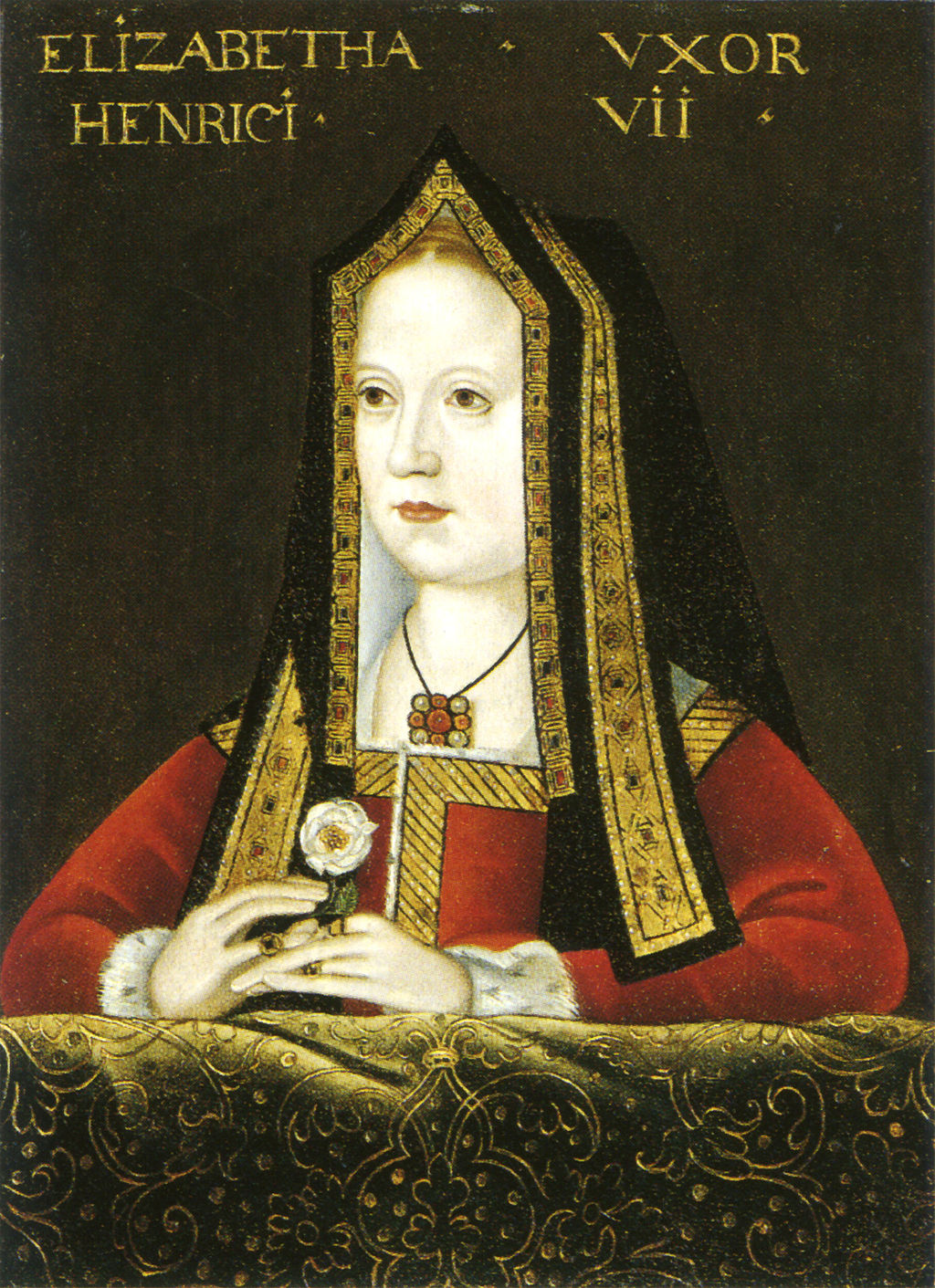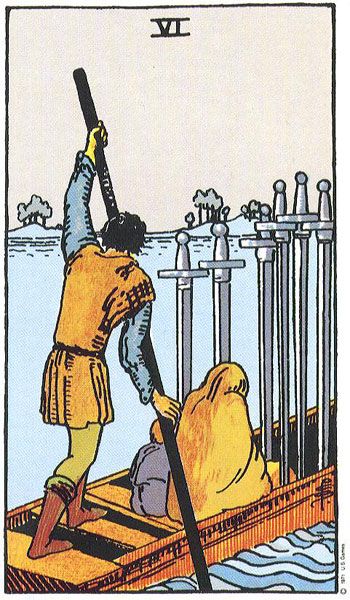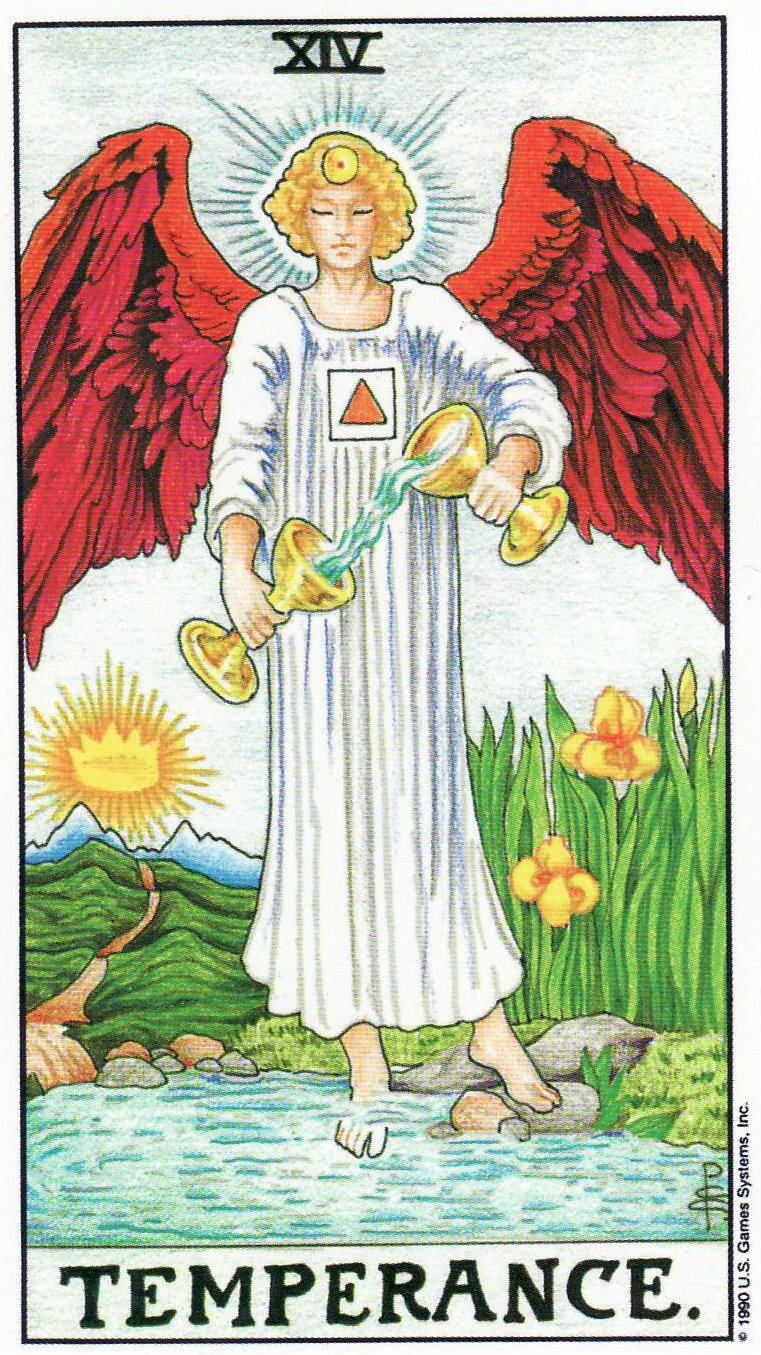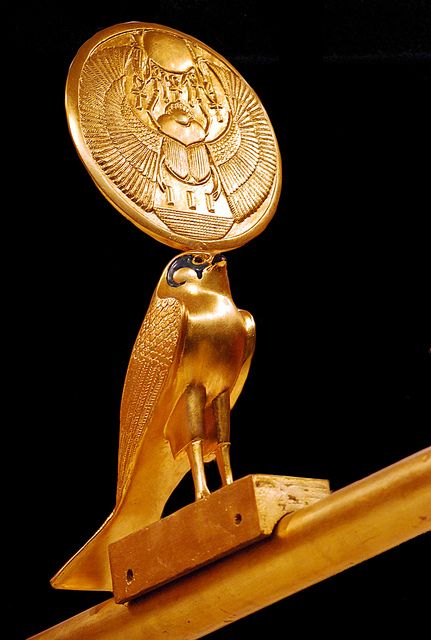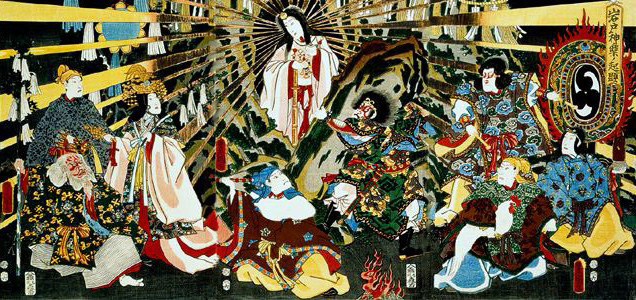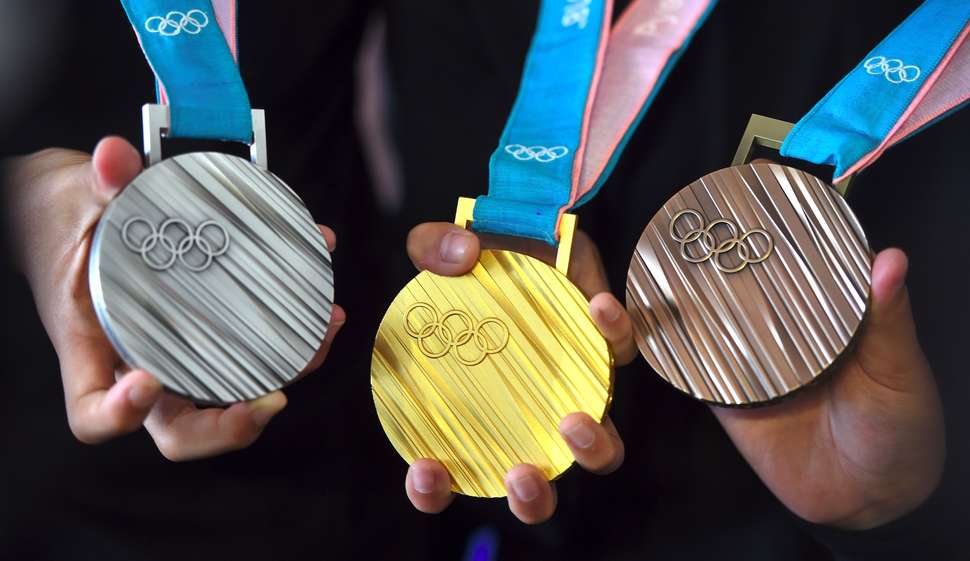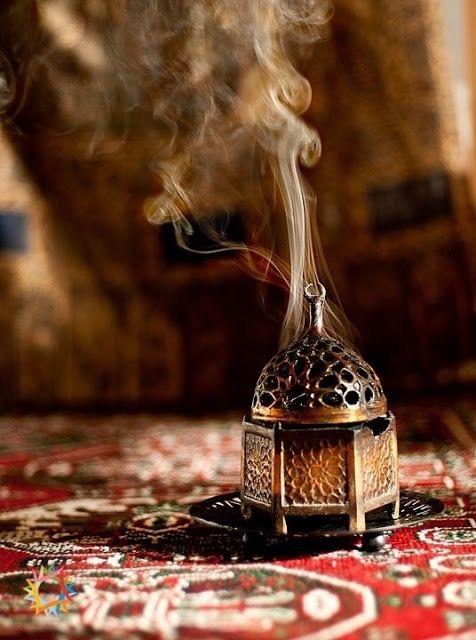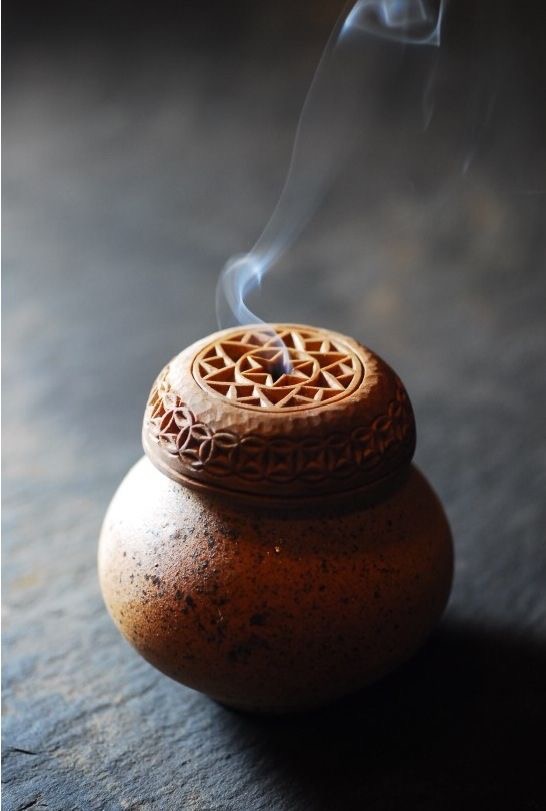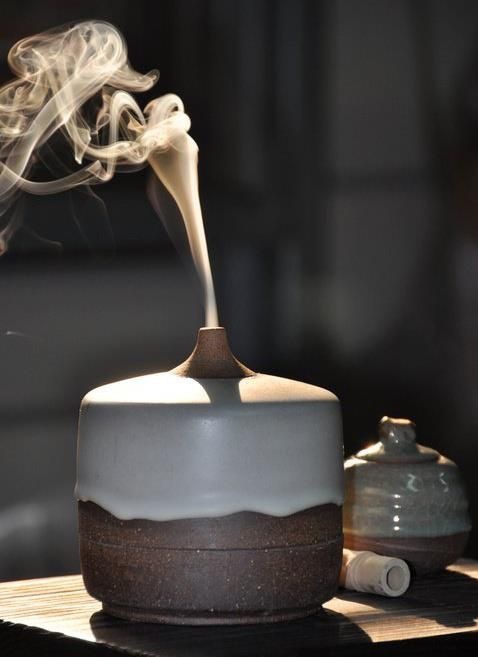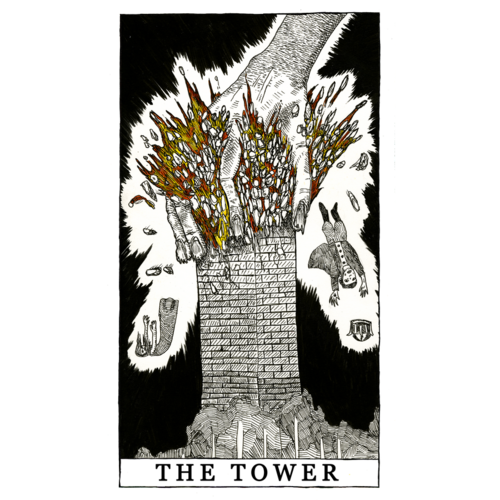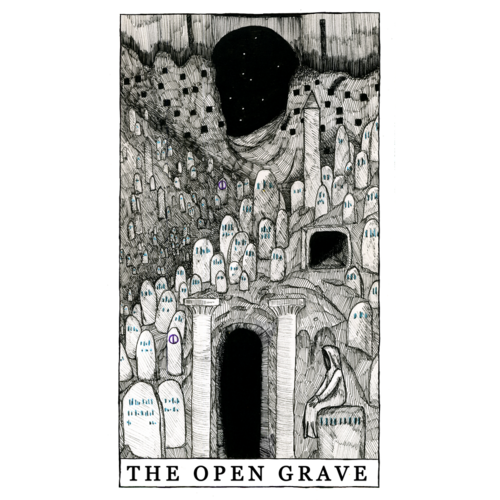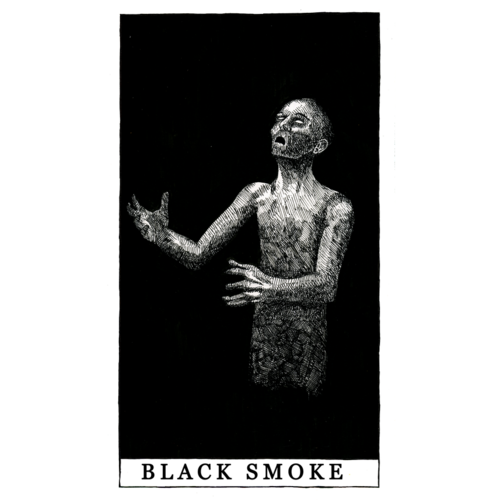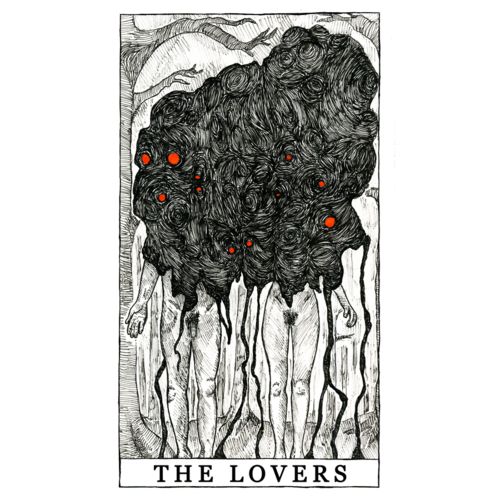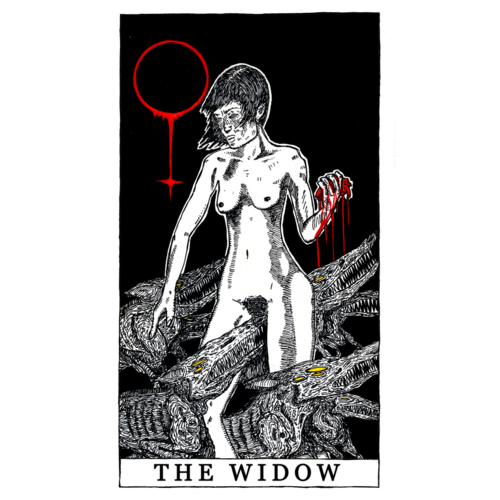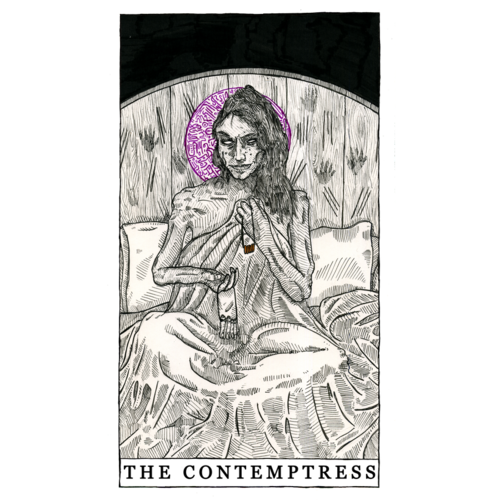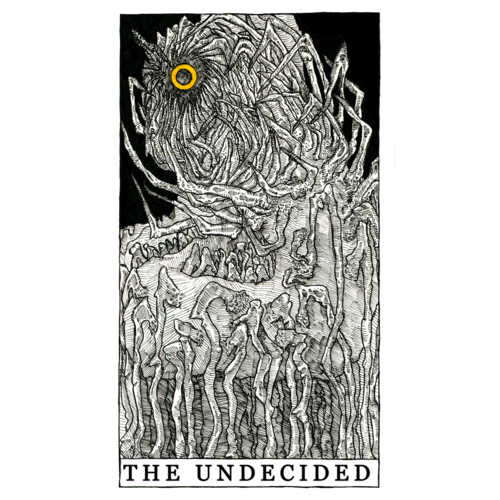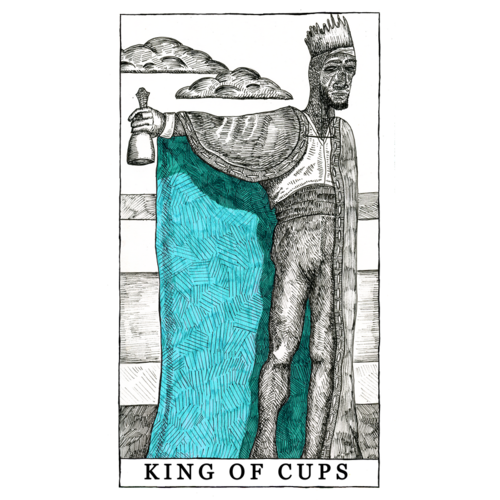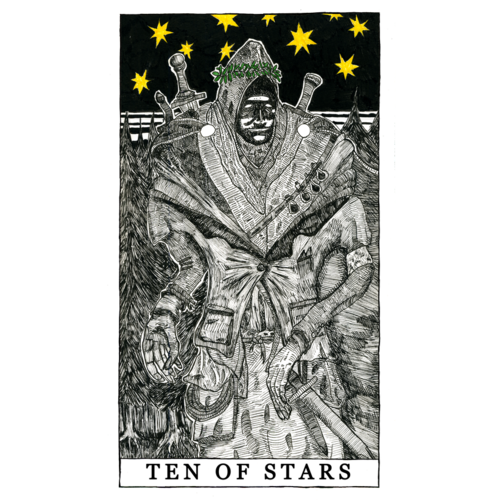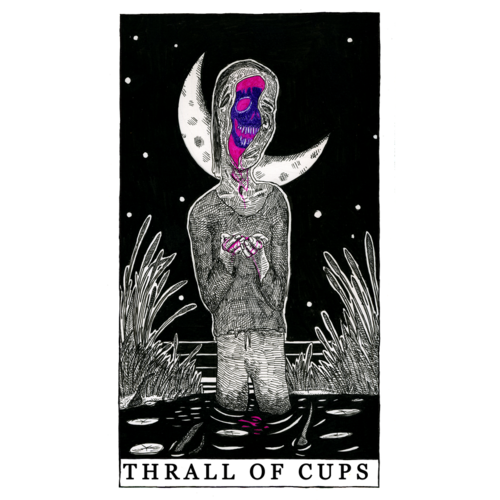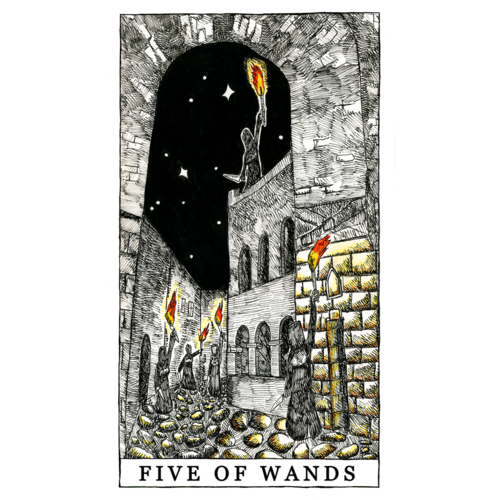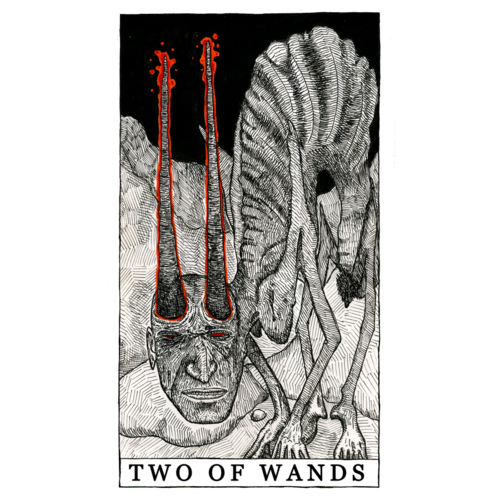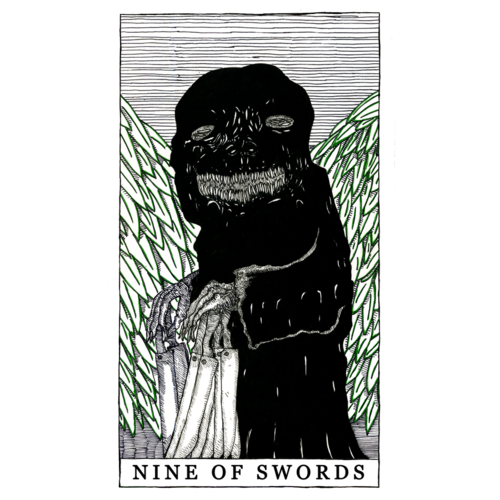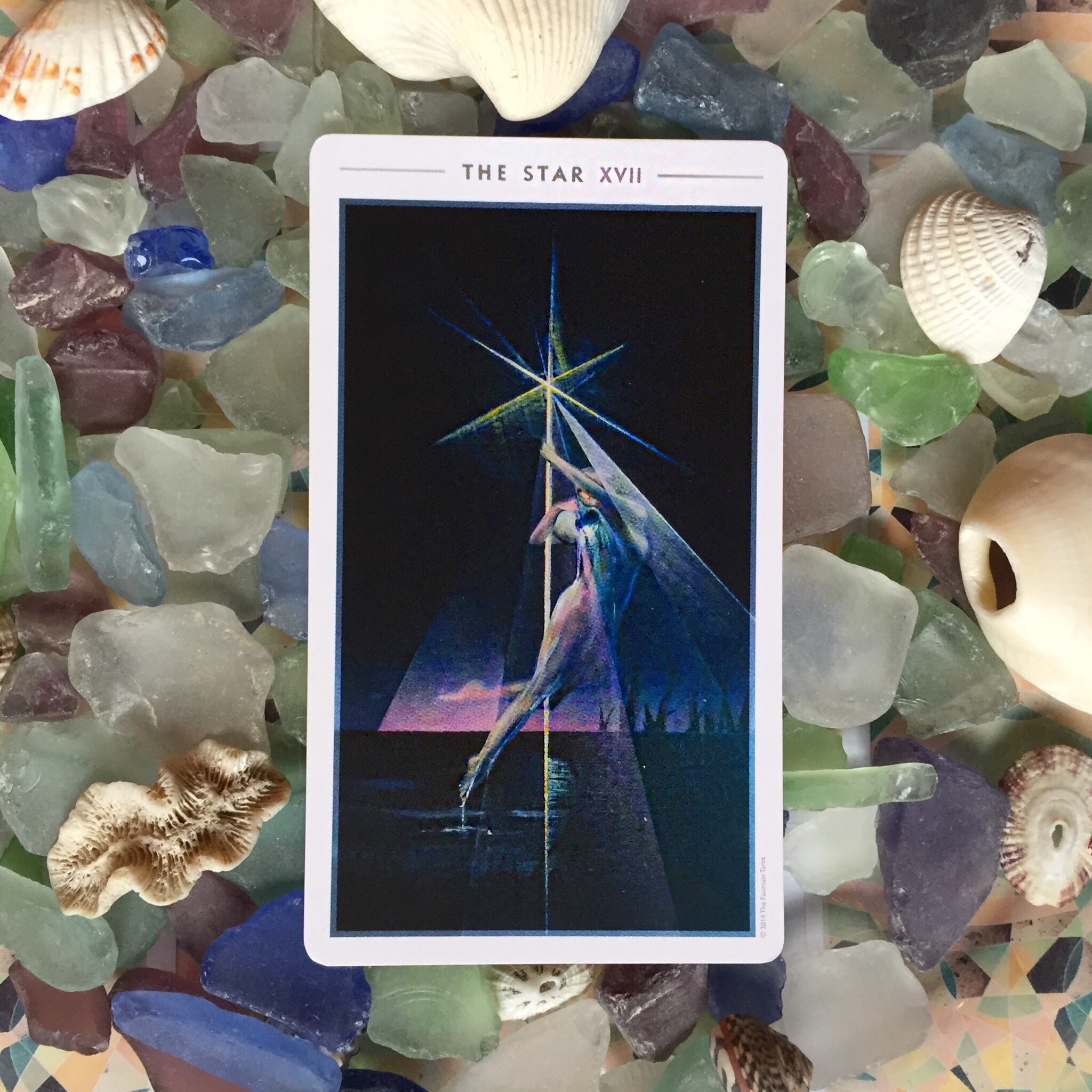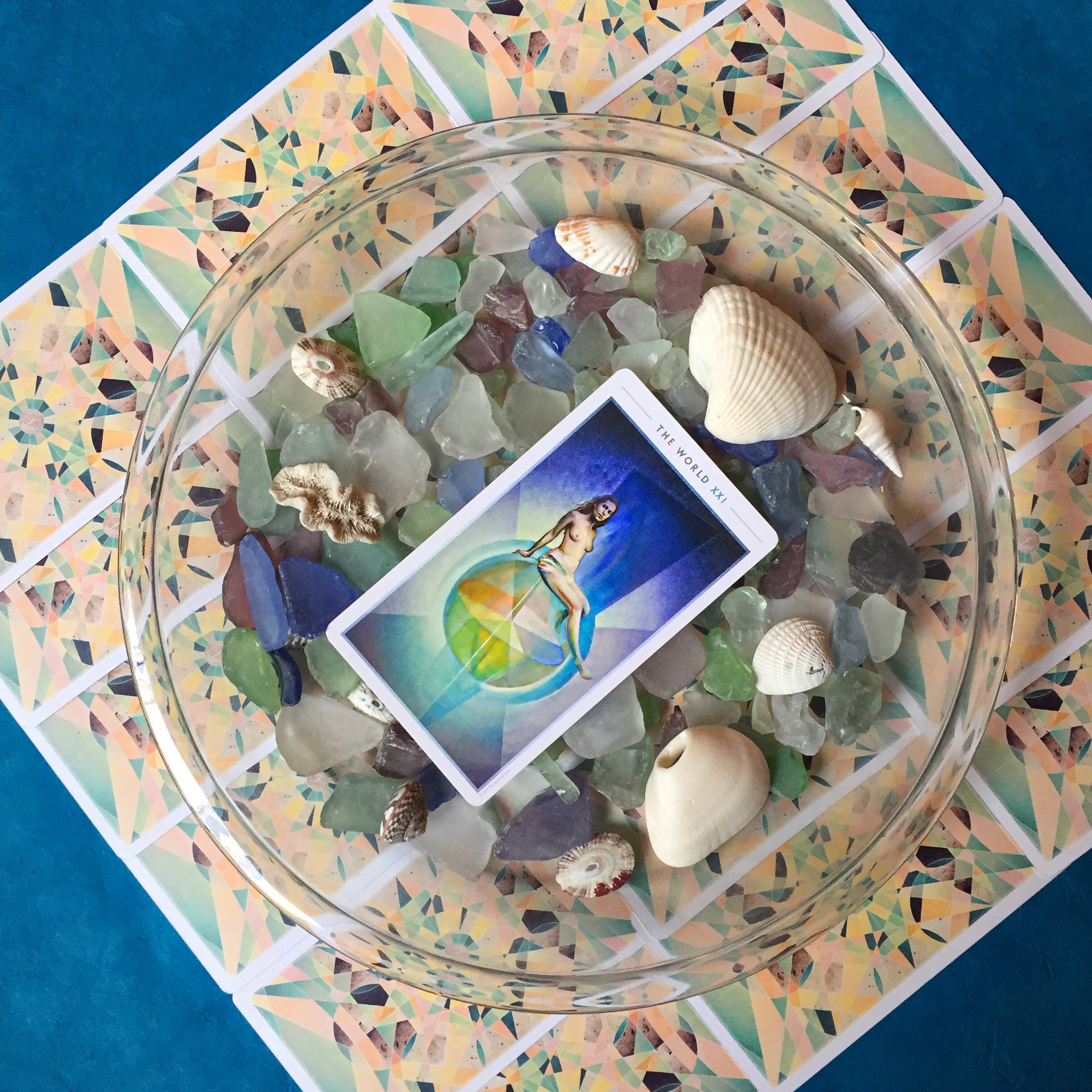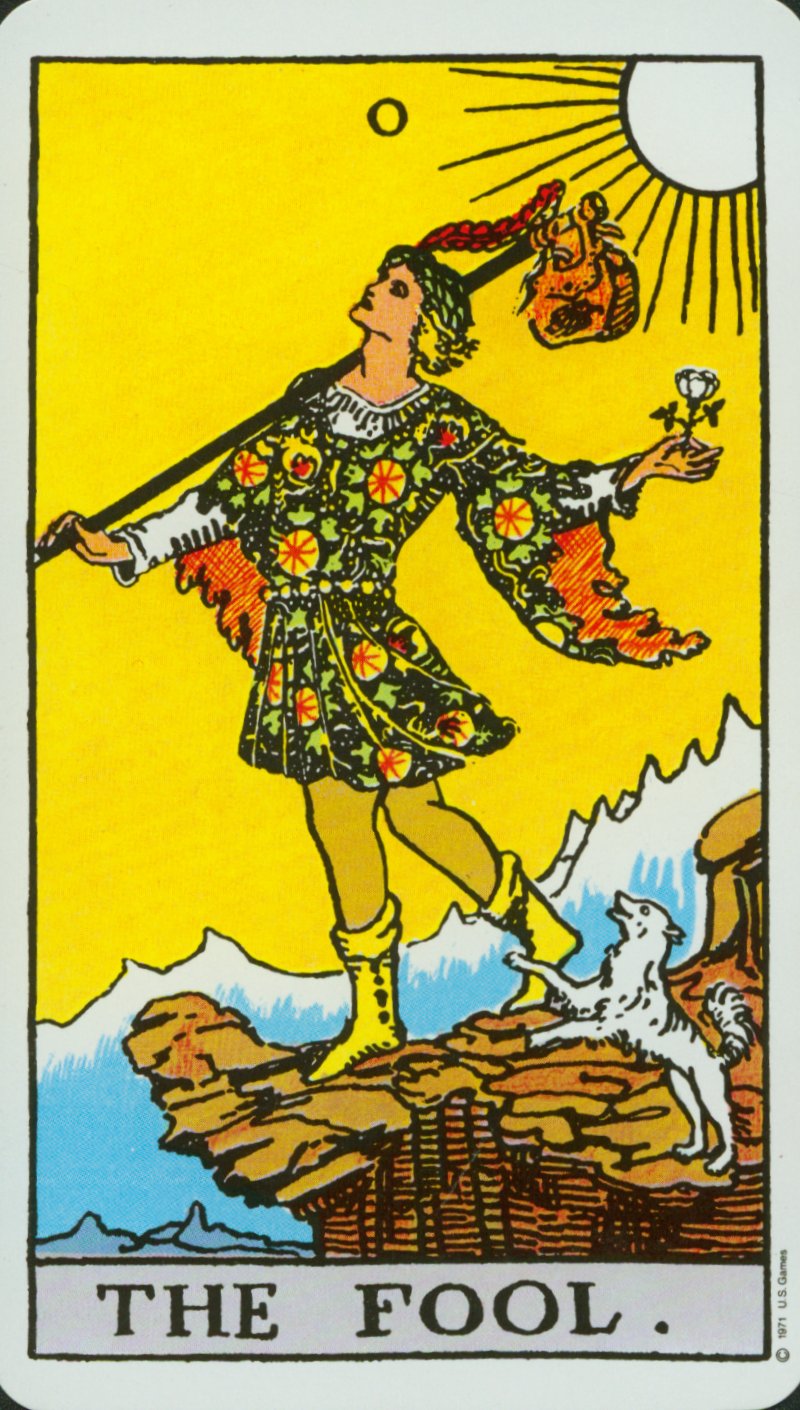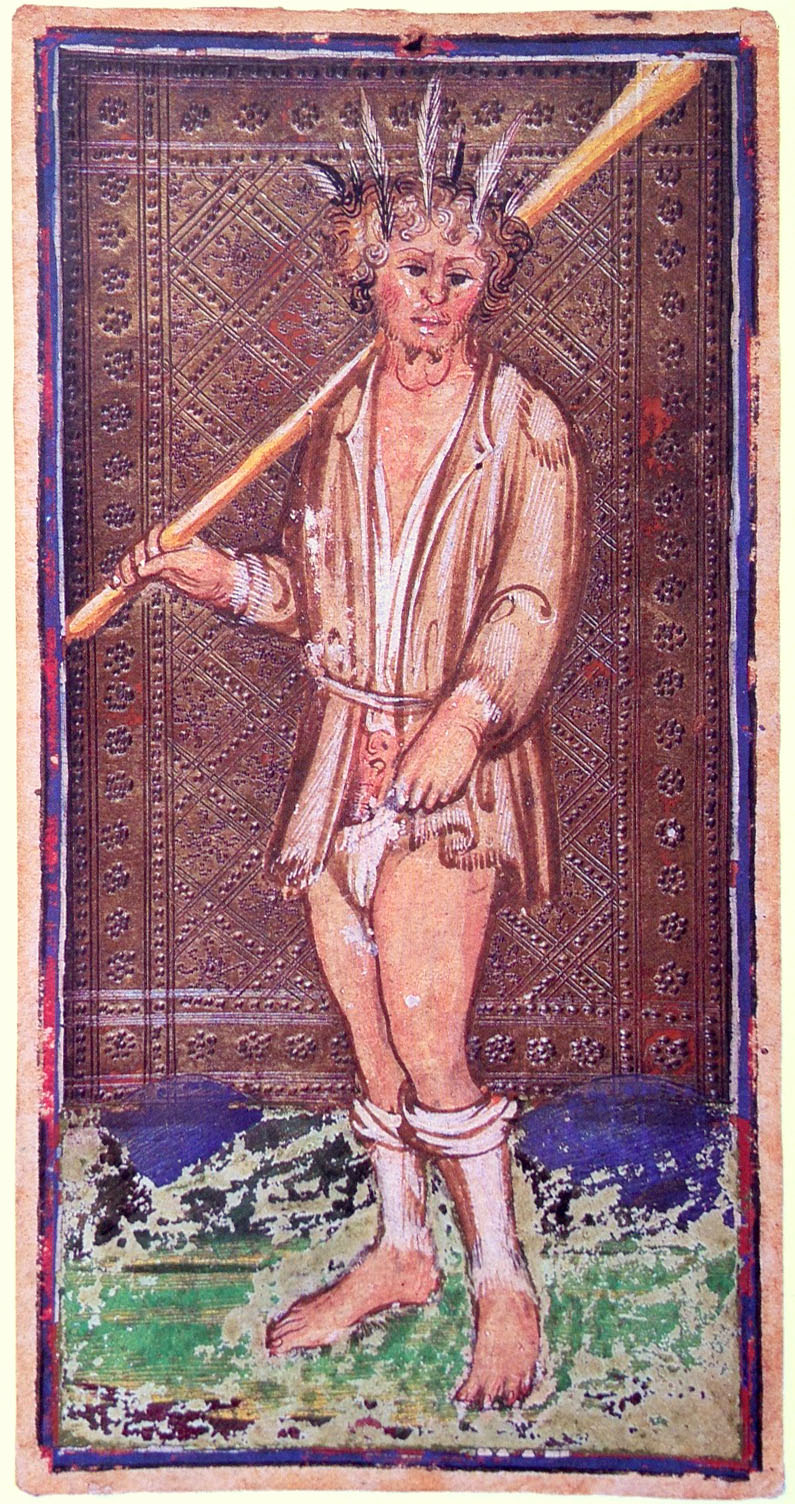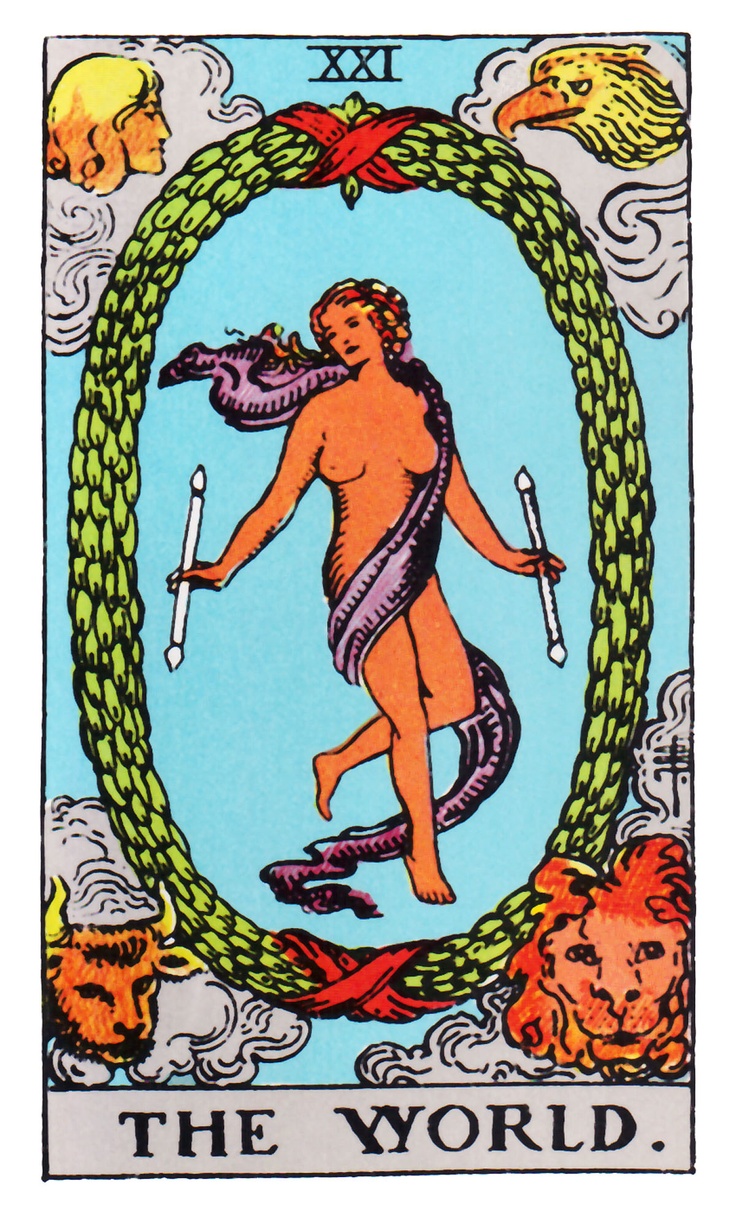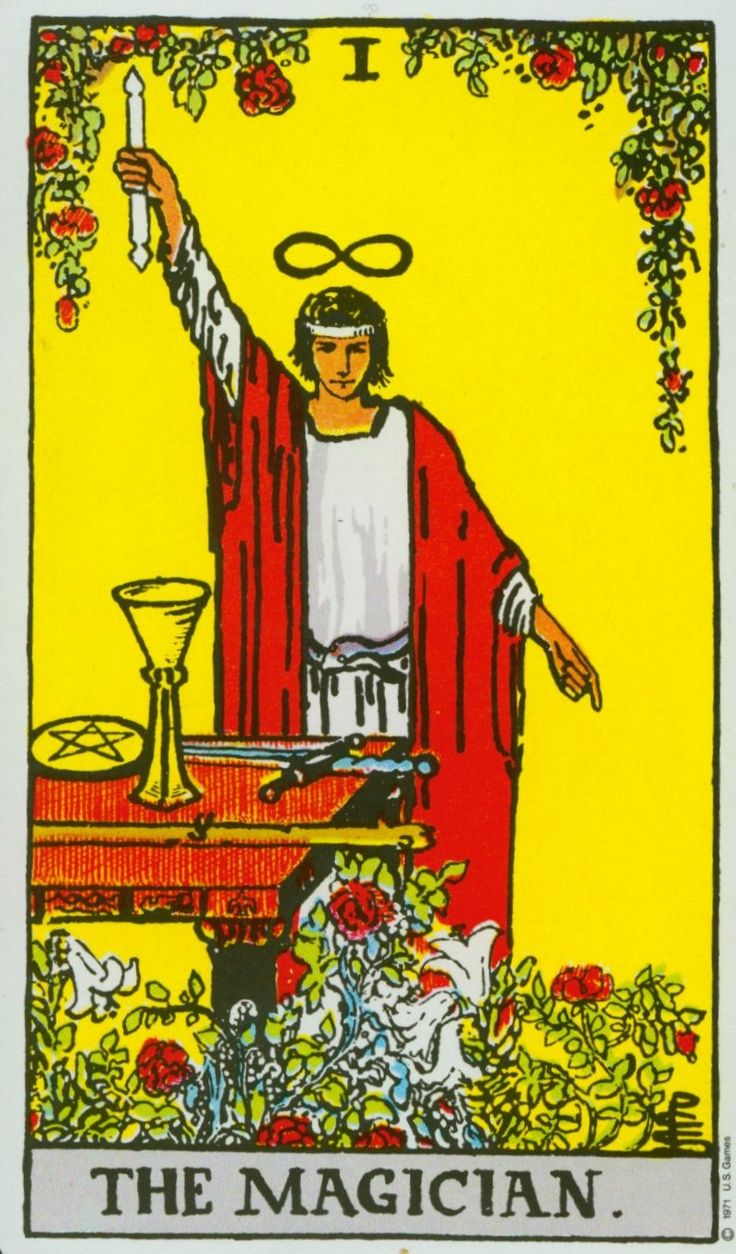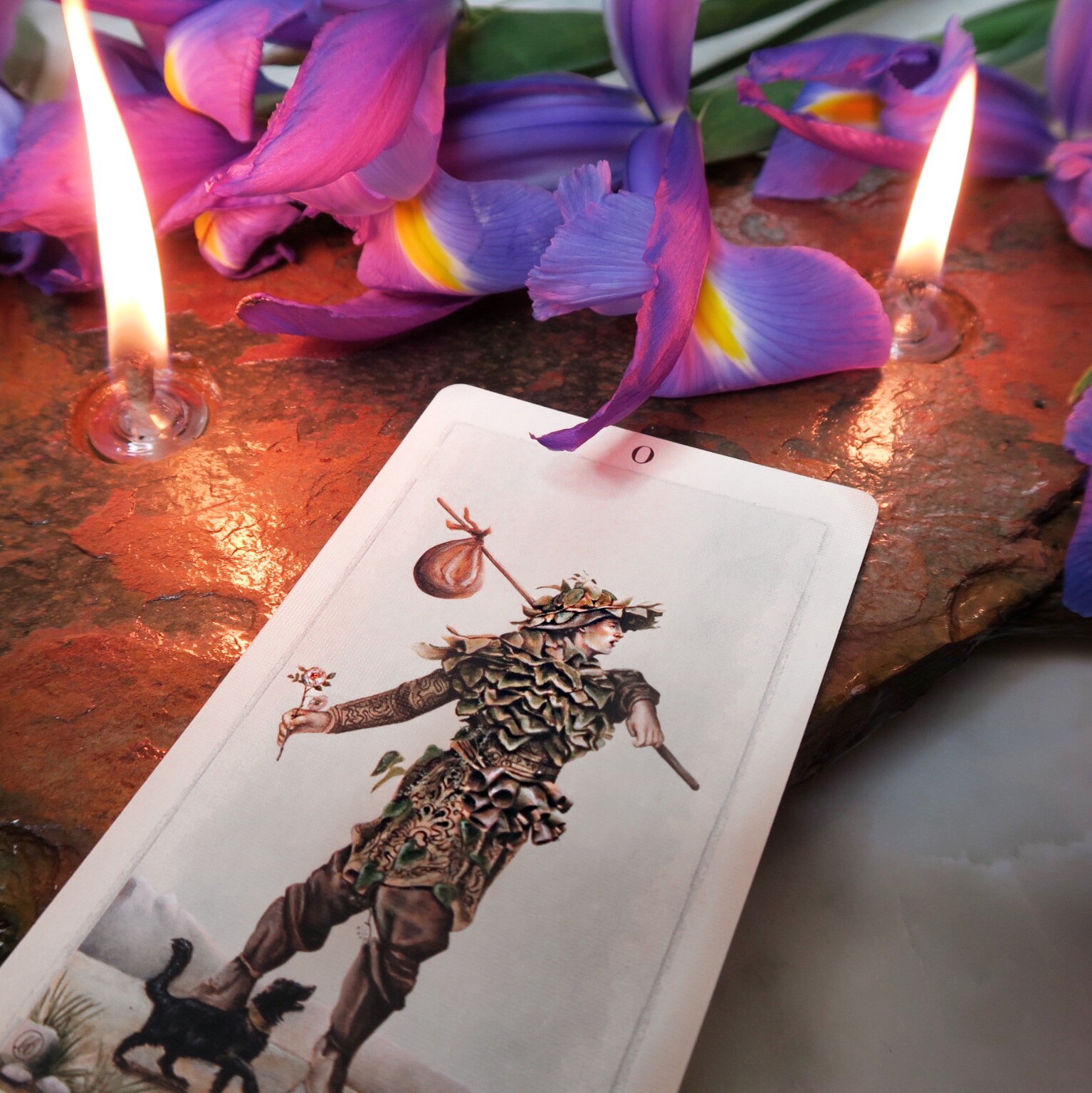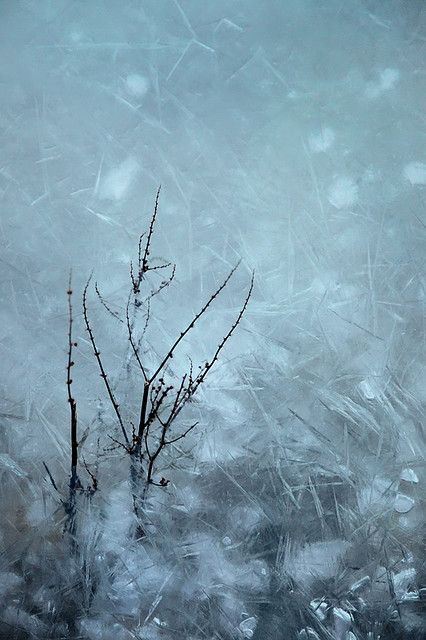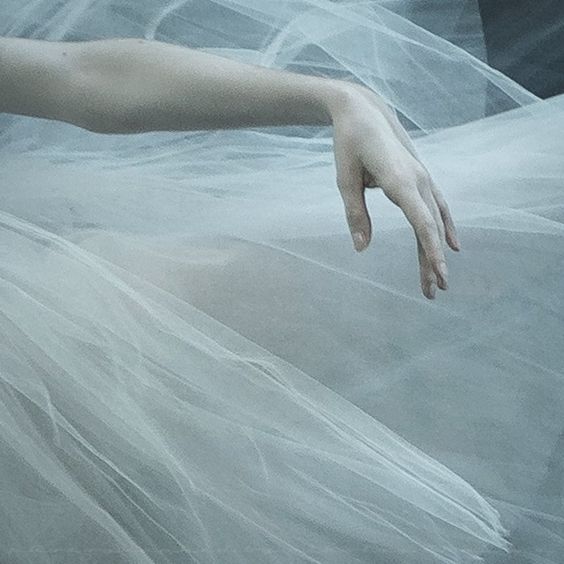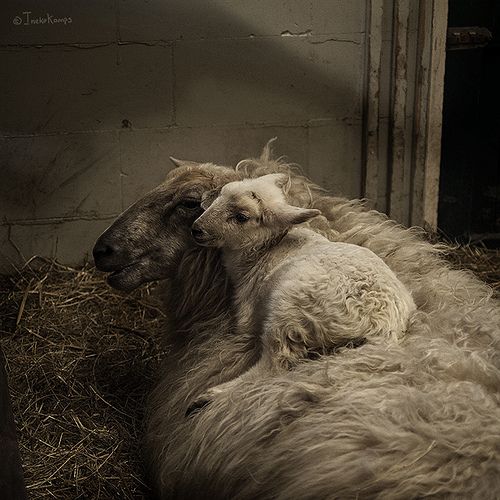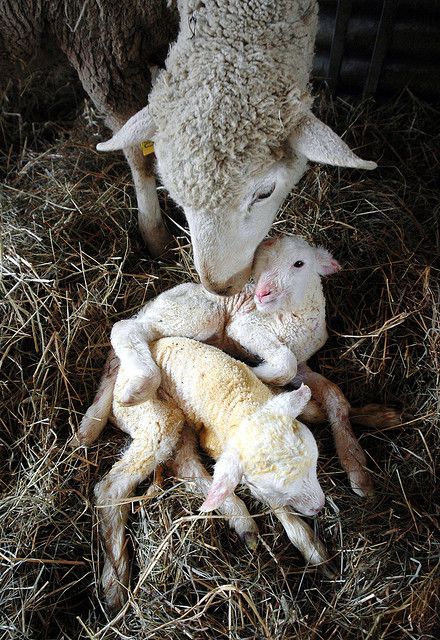If you’re a fan of woodblock prints, Hermetic Qabalah, and obscure occult references then you’ll definitely enjoy The Alchemystic Tarot. This deck is jam packed with symbolism and ideas that span multiple religions and spiritual systems. The artwork is derived from woodblock images found in books from 1600 - 1900 CE. The creator of this deck, D.W. Prudence, clearly has an in-depth understanding of ceremonial magic and various western occult traditions. It’s delightful to find a deck that really uses and incorporates vast amounts of knowledge. I’m a complete sucker for a puzzle to solve (see my review of the English Magic Tarot) so I love the idea of sitting down with these cards and researching the origins and symbolism of the woodblock print images.
Anyone who knows me knows that I’m a big fan of the Rider-Waite Smith deck - I’m a tarot classics girl, what can I say ;) - so I do tend to initially scoff at decks that deviate considerably from the RWS system. While the Majors do fit in well with a classic RWS understanding of tarot, the Minors are a bit different. To begin with, instead of using Wands, Cups, Swords, and Pentacles we have Alchemists, Mystics, Shekinah, and Magicians. I’m pleased to see that the Minors do have full detailed images as opposed to minimalist pips and that each Minor card seems just as jam-packed with symbolic wisdom as the Majors. Rather than the Minors showcasing narrative scenes, like in RWS, the Alchemystic Minors relish in advanced inclusion of numerology, hermeticism, and Qabalah.
The detailed and often obscure references contained within means that this deck is definitely not for beginners. There is a guidebook, which helps considerably with understanding the enigmas presented - though I still would recommend this deck for people who already have a base understanding of occult systems and history. Personally I plan on using this deck to help with my own personal tarot study and knowledge of the occult. However, I don’t think I will end up using this deck often for my client readings as it might be tricky to interpret this deck through a lens that examines our daily lives. As my tarot clients well know, my reading style is very therapeutic and practical so this deck might not be the best fit for my professional readings. Though someone who has a different reading style might find this deck to be right up their alley.
My main issue with this deck is not the complexity of understanding required to read it properly - instead my biggest issue is the design of the artwork. The concept of using woodblock prints is wonderful and the woodblock prints chosen for each card I find to be well thought out. My issue is with the execution of the overall aesthetic design. The backgrounds use various saturated colors with radiating beams of light. While this design choice might work well for a psychedelic themed deck, I find the colors distracting from the gorgeous design of the woodblock prints. I would have personally chosen plain backgrounds and a more matte finish to create a historical feel that better encapsulates the design of the woodblock images. Though, this is just my own artistic preference and I’m sure many will enjoy the bright background colors.
Overall, this is a really fun deck for anyone obsessed (like me!) with occultism and I encourage you to try your hand at deciphering all the symbolic and numerological meanings hidden within.
What are your thoughts of this deck? Would you use it as part of your tarot practice? Share in the comments below.





